

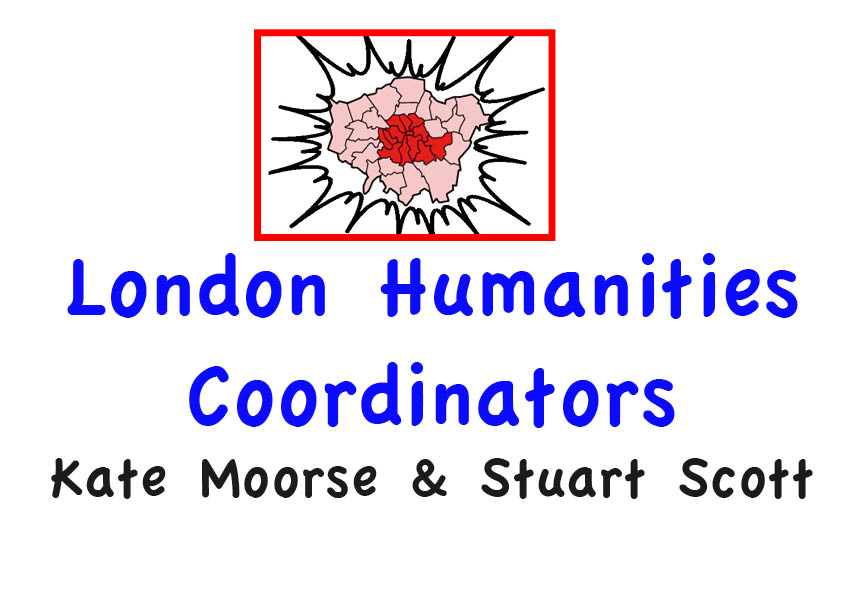
Welcome to our webpages for supporting Primary Humanities Coordinators in London.
Last updated:
24th November 2022
  |
|
Welcome to our webpages for supporting Primary Humanities Coordinators in London.Last updated: 24th November 2022
|
London primary humanities teachers and subject leaders
The materials posted here are those either used in CPD sessions, developed under the auspices of the Collaborative Learning Project or contributed by participating teachers. Teachers using this site are very strongly encouraged to ensure that their school subscribes to the relevant subject associations (you can find links to HA, GA etc. on the CLP Links page) so that both they and their colleagues are able to access the wealth of guidance and support available. (This facility is also available to those holding personal membership). Some of these materials, if used in our CPD sessions, will be posted and acknowledged on this site. Links to other useful sites and resources will also be provided. |
Next meetings by Zoom with Hillingdon teachers are on 15th November (am): History, 24th November (pm): Geography. |
Geography Links 24th November 2022 |
Brief history of Colne Valley Park Colne Valley Park visitor guide |
History Links 15th November 2022 |
|
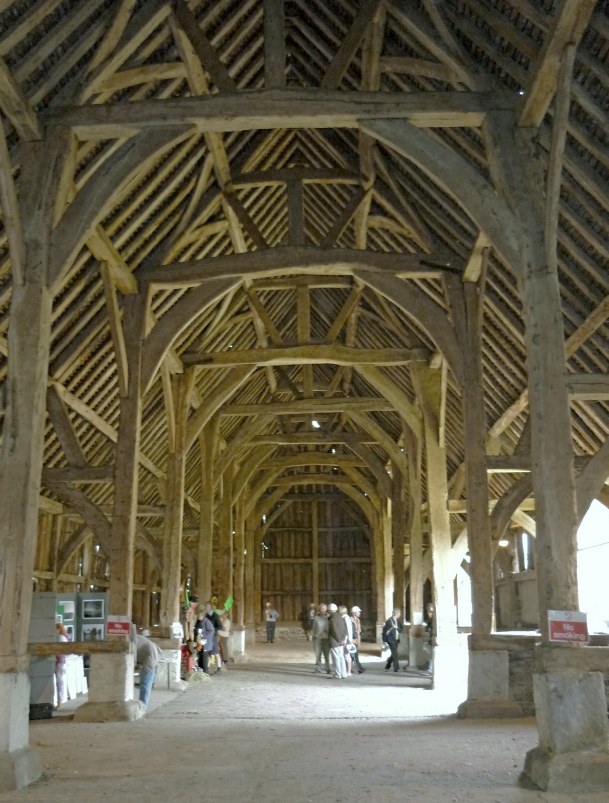 |
18th October 2022 We spent a very enjoyable day with Hillingdon Primary teachers at Harmondsworth Great Barn and on the neighbouring Moor exploring ways in which these rich resources can support History, Geography and Citizenship teaching. They can also be used as templates for investigating other local areas. |
Note on Maps. We handed out a selection of maps on the day. Most of these maps are available on line. Many schools have negotiated access to current Ordnance Survey maps which are available on subscription and which means you can download and print the maps you need. Other countries, e.g. France offer free access to current maps. The National Library of Scotland provides access to historical OS maps of all of Great Britain for free. This includes geological and other specialist maps. OS Northern Ireland and Ireland mapping offer free browsing with layers of historical mapping good for comparing. A whole scheme of work could be developed on the mapping of the border. Rules about scanning and printing vary and we are happy to add in the space below any other useful information you discover and would like to share. We think developing a user friendly guide to historical mapping would be a good project for map mad Year 6s or up.
.
Summary of visit to Harmondsworth by Hillingdon primary subject coordinators on 18th October 2022. The morning session concentrated on history and took place in the Great Barn which has been rescued and restored by English Heritage. The afternoon session concentrated on Geography fieldwork on Harmondsworth Moor. The Royal Geographical Society has published an excellent series of walks on the Moor which illustrate the many different topics that can be explored in greater detail. Collaborative Learning has worked recently with the friends of the Bradford on Avon Great Barn and the activities we produced with them are applicable and easily adaptable to Harmondsworth. We provided a selection of enquiry templates (history,geography and joint hist/geog) and showed you a copy of the GA enquiry framework . Many of the resources listed are suitable for both subjects. In fact it is impossible to undertake fieldwork for one subject without referring to the other. Harmondsworth and its Moor offer a number of coherent locality studies as well as offering potential for citizenship work when investigating local issues such as the third runway and its impact. e.g. a rural idyll? a fraud? a political conflict?. We also provided a village map and description of archaeological work in Sipson. |
The English Heritage website provides lots of useful information. We learnt that many of the original construction materials have survived and that it is one of the very best examples of medieval agricultural buildings extant. Hillingdon is very fortunate to have this building and the nearby village available for study and at no cost.
For the barn and village enquiries we provided a range of information sources to provide teacher knowledge and in some case they are suitable for pupil study: the Great Barn History Trail, extract from Hidden London, Village History Trail a village map and an extract from British history online.
A series of historical maps were shared to trace the development of the village through the 19th and 20th centuries and a range of displays in the barn helped us to "read" the building and its different uses. For example photos of the Roman numerals carved on the beams showing how the building was constructed on the ground before being erected into position. A slide show illustrated the process of restoration and the evidence of the floors being used for threshing grain while the barn stored unthreshed grain.
Harmondworth Moor forms part of the Colne Valley regional park. This is a green corridor from Rickmansworth in the north down to Staines where the Colne meets the Thames. Harmondsworth Moor features on the Parish Map of 1819 and was subsequently used for gravel extraction and landfill. As a park, it was established by British Airways in 2000, landscaped and planted with 70,000 trees, managed for wildlife and public recreation in return for permission to build a training headquarters for their workforce. It offers a study of land use and management as well as enquiries into leisure and/or work on physical geography. A Colne valley published walk was used as a basis for the fieldwork supported by Explorer map 160 and other documents: "a rural idyll?, a template for linking with Hillingdon and Greater London, possible topics for fieldwork and the RGS study. We added three useful GA resources: Creating a Sense of Place , Location Detectives and Making a Journey Booklet. On return from the walk participants worked in small groups to draft a freehand map of their journey locating features, objects, thoughts and questions that had presented themselves. Sharing and debriefing showed wide variation in the modes of representation as well and use of symbols with implications for the children's spacial development, progression and diverse ways of seeing.
|
Hillingdon is fortunate enough to have another medieval barn at Ruislip and on the right are a selection of links to other barns near London and a bit beyond. These websites are full of useful information.
|
https://www.hillingdon.gov.uk/article/3891/The-Great-Barn https://thefriendsofcressingtemple.org/the-barns-and-medieval-carpentry-new/ https://www.buildinghistory.org/buildings/barns.shtml https://www.buildinghistory.org/buildings/barns.shtml https://www.nationaltrust.org.uk/ashleworth-tithe-barn https://www.britainexpress.com/counties/worcestershire/az/bredon-tithe-barn.htm |
7th November update: link to video about a Harmondsworth equivalent in Paris! Welcome to Goussainville. https://www.youtube.com/watch?v=DD_AK9_b8bA&t=309s Please let us know if you develop resources comparing Goussanville to Harmondsworth and maybe find some more villages impacted by airports..
|
Below are categorised links to resources shared at previous coordinator meetings |
The links below will take you to the webpages of the Collaborative Learning Project. |
 |
 |
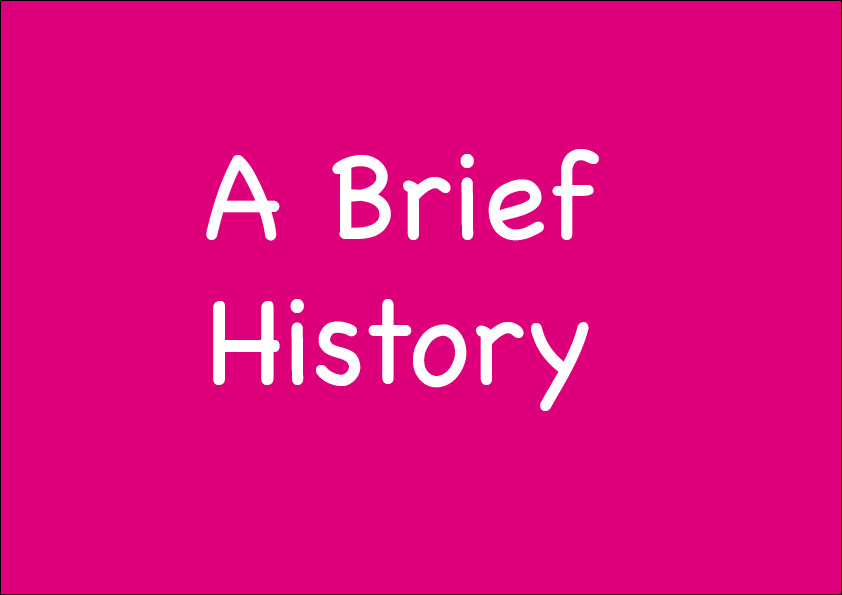 |
 |
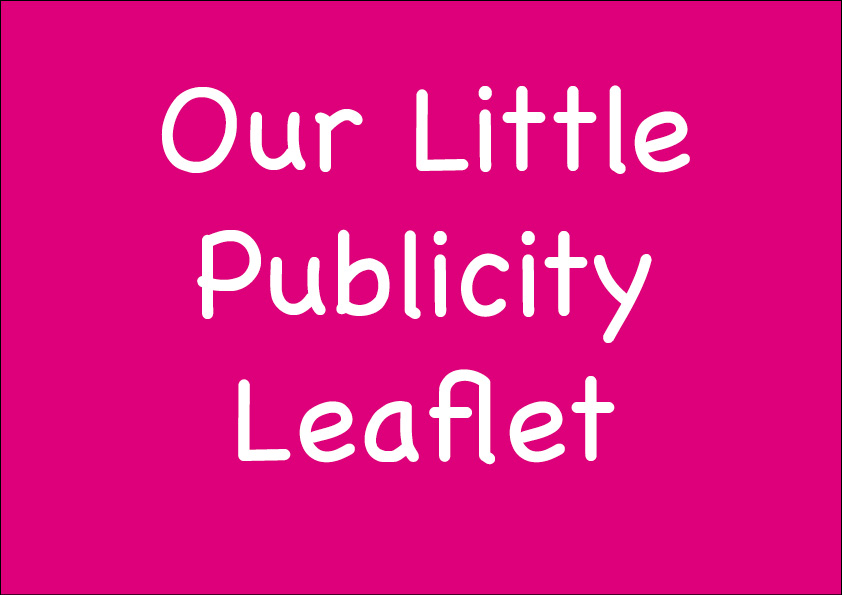 |
 |
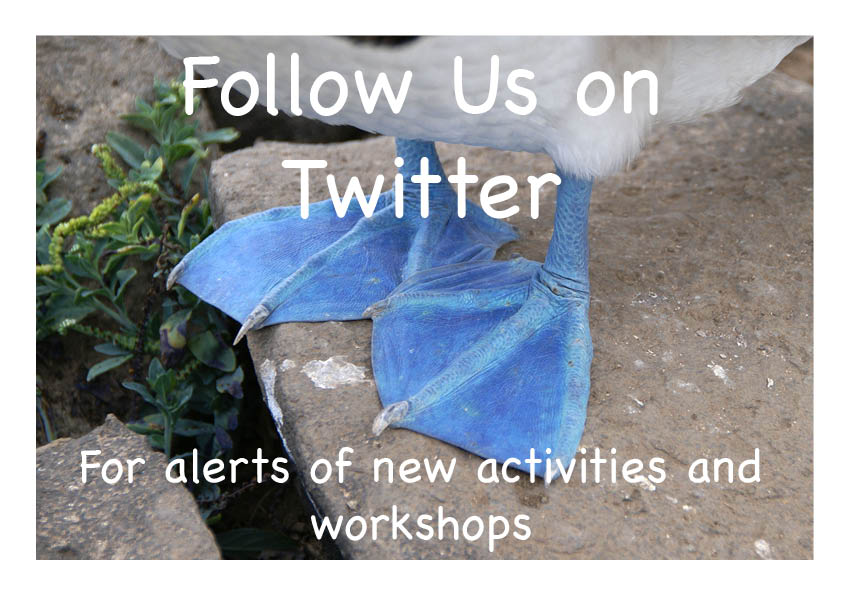 |